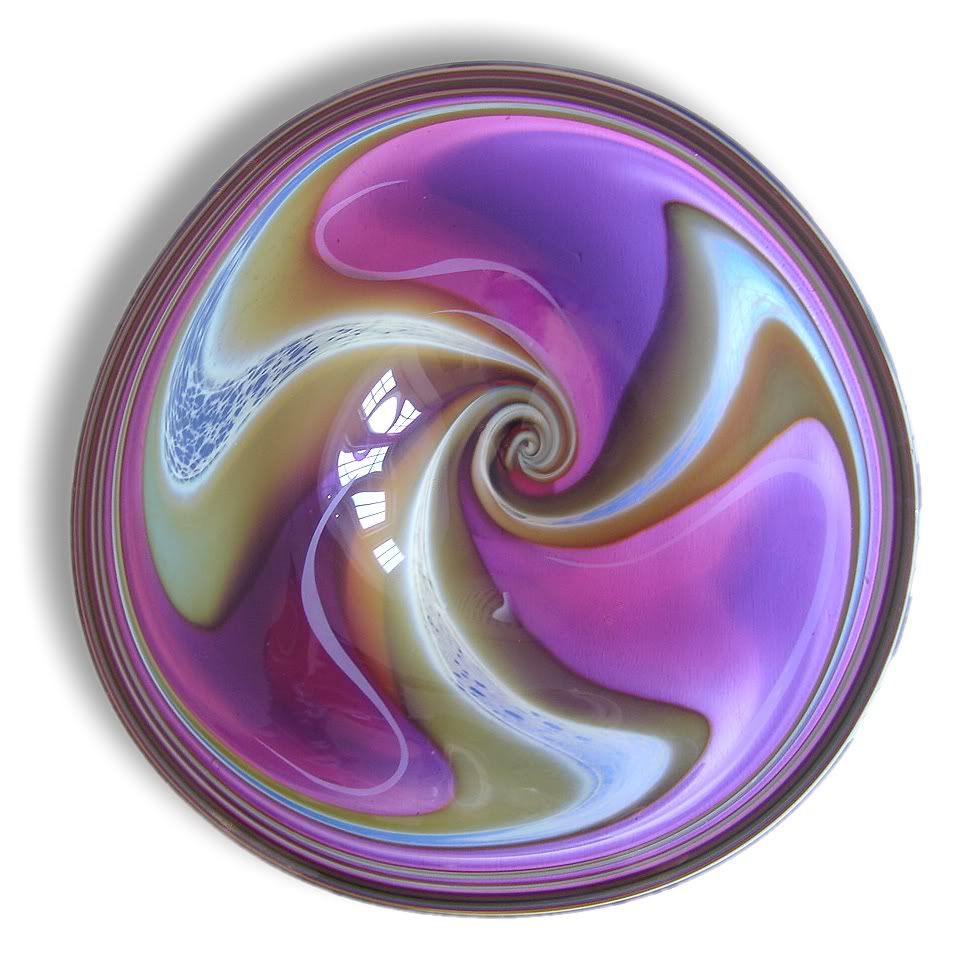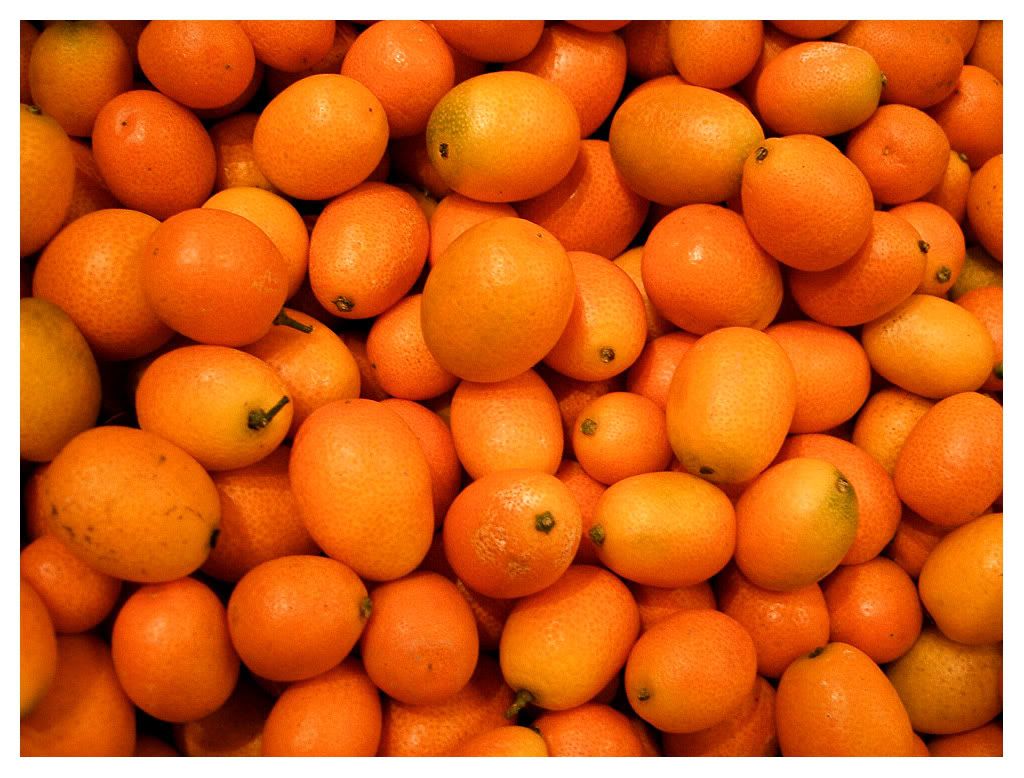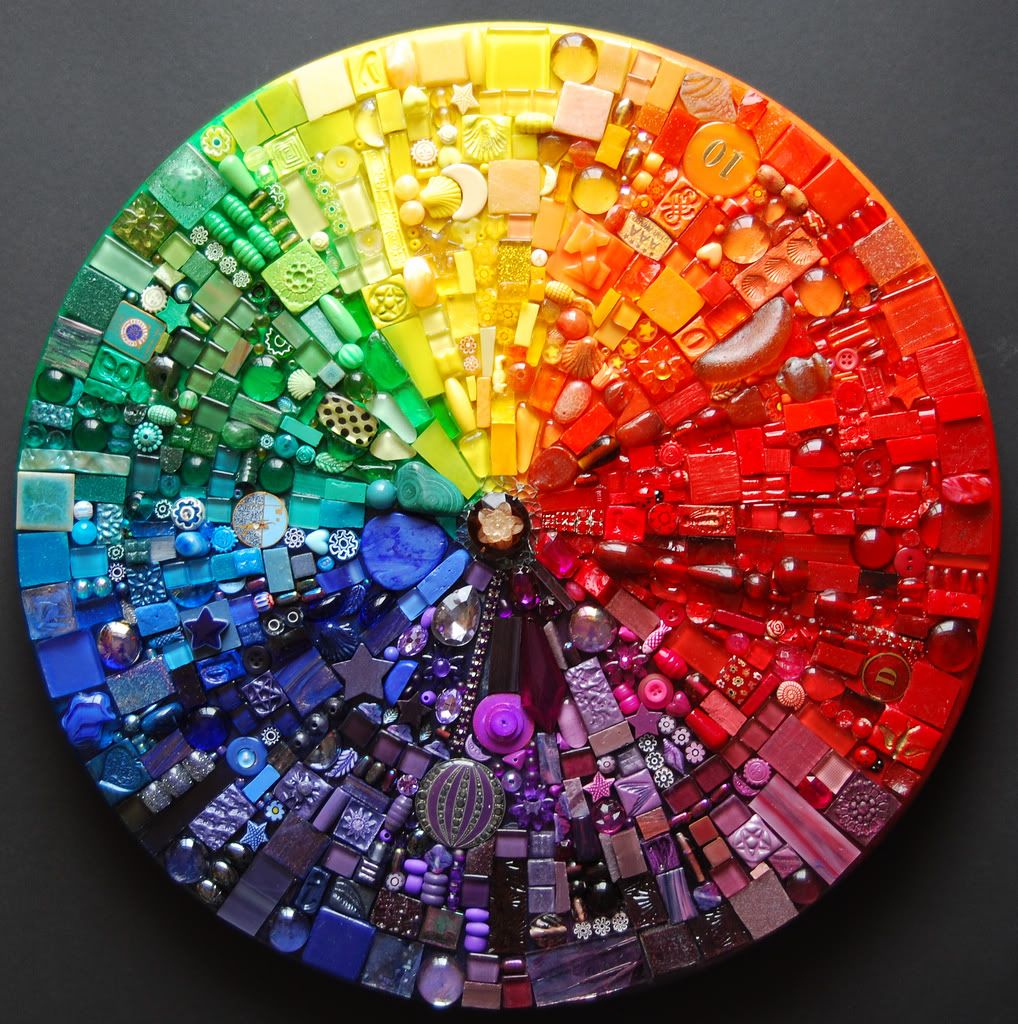Χρωματική εννοιολογία (Γ) – Semantic of Colors (C)
Χρωματική εννοιολογία (Γ)
Αξιοθαύμαστο είναι πως οι χρωματικές έννοιες, σε όλη την ανθρωπότητα, σχηματίζονται με μια τακτή σειρά.
Επίσης, ότι σε όλες τις ανθρώπινες γλώσσες υφίσταται διάστημα αρκετών, έως πολλών αιώνων ανάμεσα στον προσδιορισμό δυο διαφορετικών χρωματικών εννοιών.
Αλλά ας δούμε το θέμα όπως είναι γραμμένο στο βιβλίο «Τα μυστικά των χρωμάτων».
Οι χρωματικοί όροι στις γλωσσικές εξελίξεις.
Πριν από μερικές δεκαετίες, δυο Αμερικανοί ανθρωπολόγοι, οι Brent Berlin και Paul Kay έκαναν μια εξονυχιστική μελέτη για τους χρωματικούς όρους, σε 98 διαφορετικές γλώσσες.
Το αποτέλεσμα της έρευνας απέδειξε πως παγκοσμίως, σε όλες τις γλώσσες, υπάρχουν βασικές χρωματικές έννοιες και βασικοί χρωματικοί όροι. Οι όροι αυτοί φθάνουν έως τους έντεκα, ακόμα και στις πιο εξελιγμένες γλώσσες.
Επίσης απεδείχθη πως η εννοιολογική διαμόρφωση, σε όλες τις γλώσσες ακολουθεί τους εξής 7 κανόνες.
1. Καμία γλώσσα δεν παρουσιάζει μόνο ένα χρωματικό όρο, αλλά δυο. Όπου υπάρχουν μόνο δυο όροι, αυτοί είναι πάντα το άσπρο και το μαύρο. Με άλλα λόγια, η πρώτη εμφάνιση χρωματικών όρων σε οποιαδήποτε γλώσσα, είναι πάντα διπλή και έχει να κάνει με τα χρώματα άσπρο-μαύρο που συμβολίζουν το φως-σκότος και την αντίθεση μεταξύ τους. (2 όροι)

2. Στο δεύτερο στάδιο εξέλιξης, εμφανίζεται ο τρίτος όρος. Αυτός είναι πάντα η έννοια του κόκκινου χρώματος. (3ος όρος)

3. Εάν υπάρξει τέταρτος χρωματικός όρος αυτός απαραιτήτως είναι ή το κίτρινο ή το πράσινο. (4ος όρος)

4. Στο τέταρτο στάδιο εμφανίζεται ο ένας από τους δυο χρωματικούς όρους που δεν εμφανίσθηκε στο προηγούμενο στάδιο. Εάν εμφανίσθηκε στο τρίτο στάδιο ο όρος κίτρινο και όχι πράσινο, το πράσινο εμφανίζεται τώρα. Και αντιστρόφως αν ο τέταρτος χρωματικός όρος που εμφανίζεται στην τρίτη θέση είναι το πράσινο, αναγκαστικά ο πέμπτος όρος, που εμφανίζεται στην τέταρτη θέση είναι το κίτρινο. (5ος όρος)

5. Εάν η γλώσσα εξελιχθεί, θα παρουσιάσει στην πέμπτη θέση τον έκτο όρο, ο οποίος είναι οπωσδήποτε το μπλε. (6ος όρος)

6. Εάν υπάρξει και έβδομος όρος, αυτός είναι το καφέ. (7ος όρος)

7. Στο έβδομο στάδιο εξέλιξης εμφανίζονται ανεξαρτήτως σειράς από ένας έως τέσσερεις άλλοι όροι, που είναι το μωβ, το γκρι, το πορτοκαλί και το ροζ. Εάν εμφανισθούν και οι τέσσερεις αυτοί όροι, συμπληρώνεται η ενδεκάδα των χρωματικών όρων, που είναι ο μέγιστος αριθμός χρωματικής εννοιολογικής ανάπτυξης, έως σήμερα. (8ος έως και 11ος όρος)




Translated into English
Semantic of colors (C)
Remarkable is that the color concepts in all mankind are formed by regular order.
Also, that in all human languages there is a long time gap, sometimes of many centuries, between the identification of two different color concepts.
But let us see the issue as written in the book "The Secrets of colors.
The color terms in language development.
A few decades ago, two American anthropologists Brent Berlin and Paul Kay made a thorough study of color terms in 98 different languages.
The results of the survey showed that worldwide in all languages, there are basic color concepts and basic color terms. These concepts go up to eleven, even in the most sophisticated languages.
It also proved that the conceptual formulation in all languages follows the following seven rules.
1. Any language, on first step, not only shows a color term but two. Where there are only two color conditions are always the meaning of white and black. In other words, the first appearance of color terms in any language is always double and has to do with the colors black and white, symbolizing the light-dark and the contrast between them. (2 terms)
2. In the second stage of development appears the third term. That is always the meaning of red. (Third term)
3. If a chromatic fourth term is necessarily it is yellow or green. (Fourth term)
4. At the fourth step is displayed one of two color terms that did not appear in the previous stage. If was appeared in the previous stage the term yellow rather than green, green now appears. And vice versa if the chromatic fourth term that appears in the third stage is green, necessarily the fifth term, which appears in the fourth place, will be yellow. (5th term)
5. If the language is evolved, will present at the fifth position the sixth term, which is definitely blue. (6th term)
6. If there is a seventh term, this is the concept of brown. (7th term)
7. In the seventh stage of development appear in any order and any number, from one up to four other conditions, which are violet, gray, orange and pink. The occurrence of all four of these conditions completes the lineup of color terms, which is the maximum number of colors conceptual development up to date. (8th through 11th term)
admin is | Topic: εννοιολογία | Tags: άσπρο, γκρι, γλώσσα, εννοιολογία, έρευνα, καφετί, κίτρινο, κόκκινο, μαύρο, μπλε, μωβ, πορτοκαλί, πράσινο, ροζ, σκότος, φως, χρωματικός όρος


One Comment, Comment or Ping
Reply to “Χρωματική εννοιολογία (Γ) – Semantic of Colors (C)”